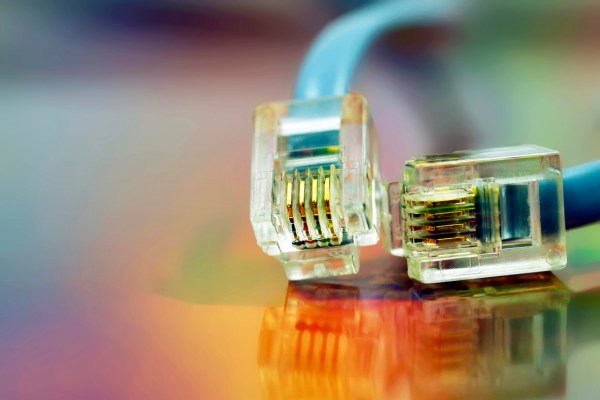

The finish line is within sight. “The internet for all,” as the Biden administration has put it, will soon become a reality if America maintains its priorities.
During his State of the Union address, President Joe Biden put up a big hurdle, “We’re going to buy American,” as the US is spending billions of dollars on new broadband connections. This is a smart strategy to create American jobs and boost the American economy, but our leaders must not sacrifice speed in the race to close the digital divide in cases where “Buy American” is not yet a realistic option.
Bipartisanship solidified during the pandemic when broadband was finally recognized as a necessity, offering America a once-in-a-generation opportunity to achieve global connectivity. So far, Congress and the administration have committed more than $90 billion to finish the private sector’s work to connect every home in America to broadband internet service.
During this race toward “Internet for All,” America’s leaders must avoid creating obstacles that will delay progress.
Under the $42.45 billion Broadband Equity, Access, and Deployment Rights (BEAD) program, for example, each participating state — plus Puerto Rico and the District of Columbia — will receive at least $100 million for Internet infrastructure, with more to be paid on The basis for each state’s relative number of unserved sites. Descartian estimates that fiber providers will contribute another $22 billion for a total of $64 billion, which is “enough to meet the program’s availability goal” of making broadband service “available to all eligible locations.” This is a first.
The Infrastructure and Jobs Investment Act (IIJA), signed into law by President Biden on November 15, 2021, also included $14.2 billion for the Affordable Connectivity Program, which has helped more than 17 million American households pay for their home broadband connection. They would have done it otherwise. He struggles to bear it. Moreover, the law has set aside $2.75 billion for digital equity programs. $2 billion for the Tribal Broadband Connect Program; $2 billion for a program for distance learning, telemedicine, and broadband to serve rural facilities; and $1 billion for the new Middle Mile grant program. It truly is broadband’s moment in the sun.
During this race toward “Internet for All,” America’s leaders must avoid creating obstacles that will delay progress. Every American deserves the opportunity to “take class, start a small business, see his doctor, and participate in the modern economy.”
The Build America Buy America Act, enacted as part of the IIJA, requires infrastructure projects (including Internet infrastructure funded by the BEAD program) to use locally sourced materials. But broadband networks are complex; It’s more than just fiber cables. Some key pieces of the puzzle such as some electronic products are not currently manufactured in America and the components that make up these products are not available in the United States.
We should always do our best to honor President Biden’s goal of “buying American,” but not at the expense of leaving Americans offline while they wait for every switch, router, and radio to be made in the United States. After all, the Government Accountability Office recently estimated that the BEAD program alone could create 23,000 jobs for skilled communications workers…just to build the infrastructure. The spending will mostly go toward US salaries and the balance sheet, even if we need to rely on foreign manufacturers for a limited number of network components.
US Secretary of Commerce Gina Raimondo recently announced that CommScope and Corning are investing nearly $550 million and creating hundreds of new jobs in America building fiber optic cables. Although the Obama administration made a blanket “buy American” waiver for information technology products in the American Recovery and Reinvestment Act of 2009 (ARRA), recognizing that the US share of global computer and electronics production fell by 8.2 percentage points between 1999 and And 2009, the Biden administration is right to seek a balanced solution, maximizing American production when possible while allowing for specific network components sourced from outside our borders when necessary.
There are a lot of good things happening to bridge the digital divide, including the Federal Communications Commission’s recent allocation of $66 million for affordable broadband outreach grants. Let’s not lose this momentum. Let’s not sacrifice great For perfection.
It’s time for the Biden administration to guard against the unintended consequences of “Buy American” and keep an eye on the prize: Everyone in America—including communities of color, rural communities, and older Americans—needs broadband now.
